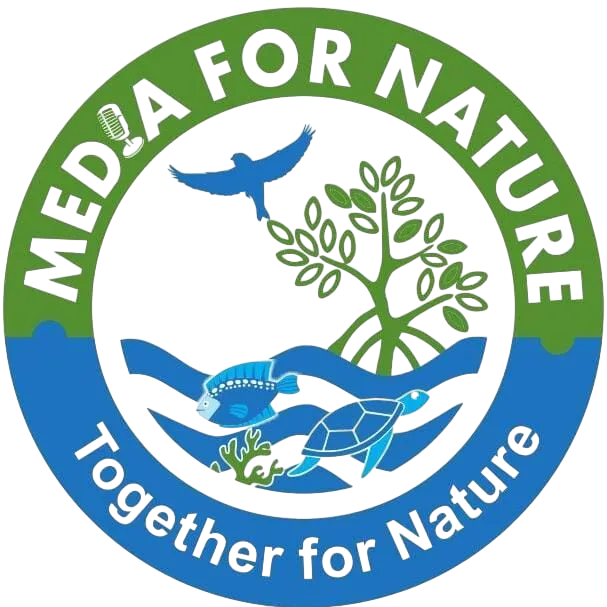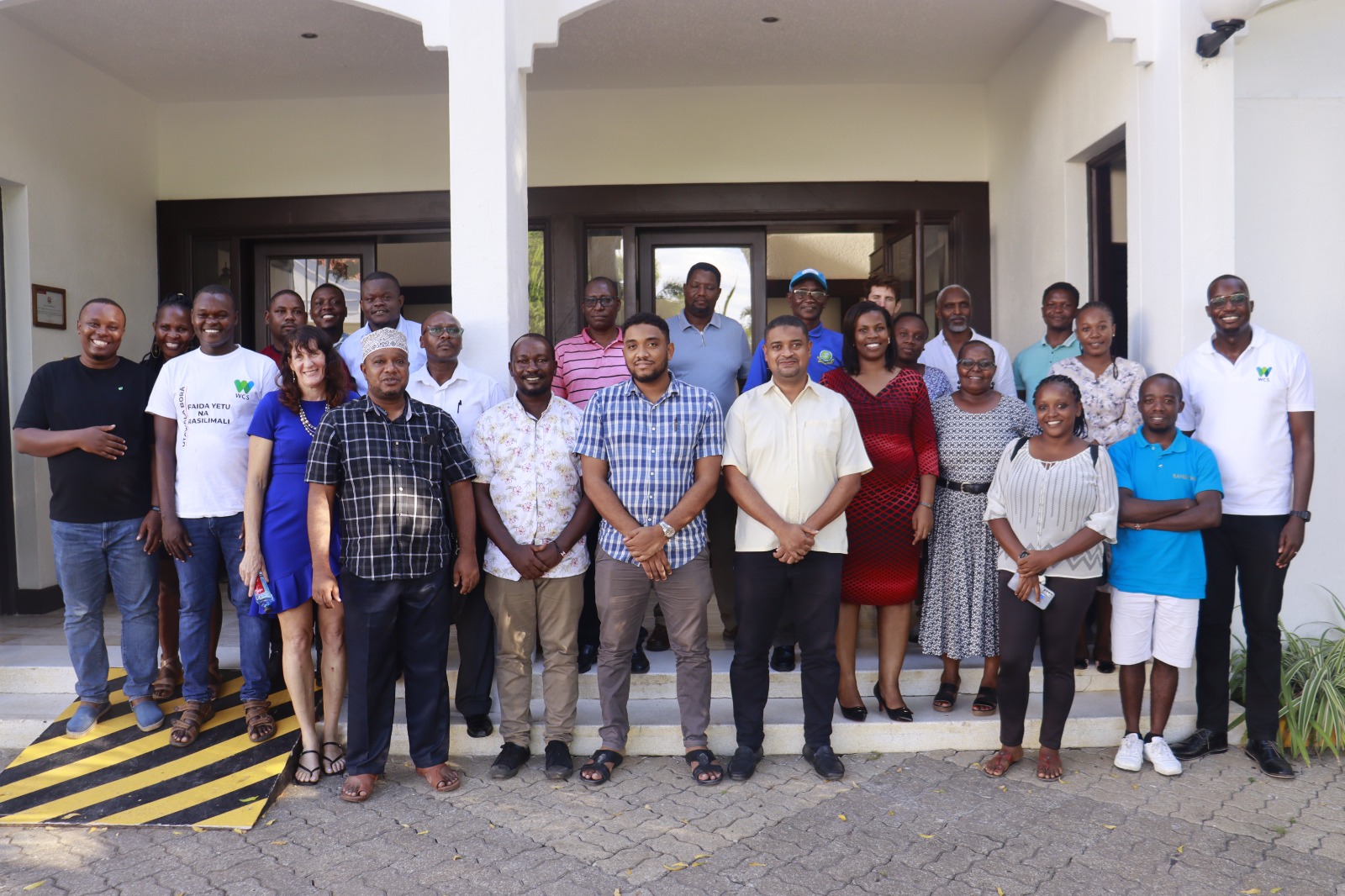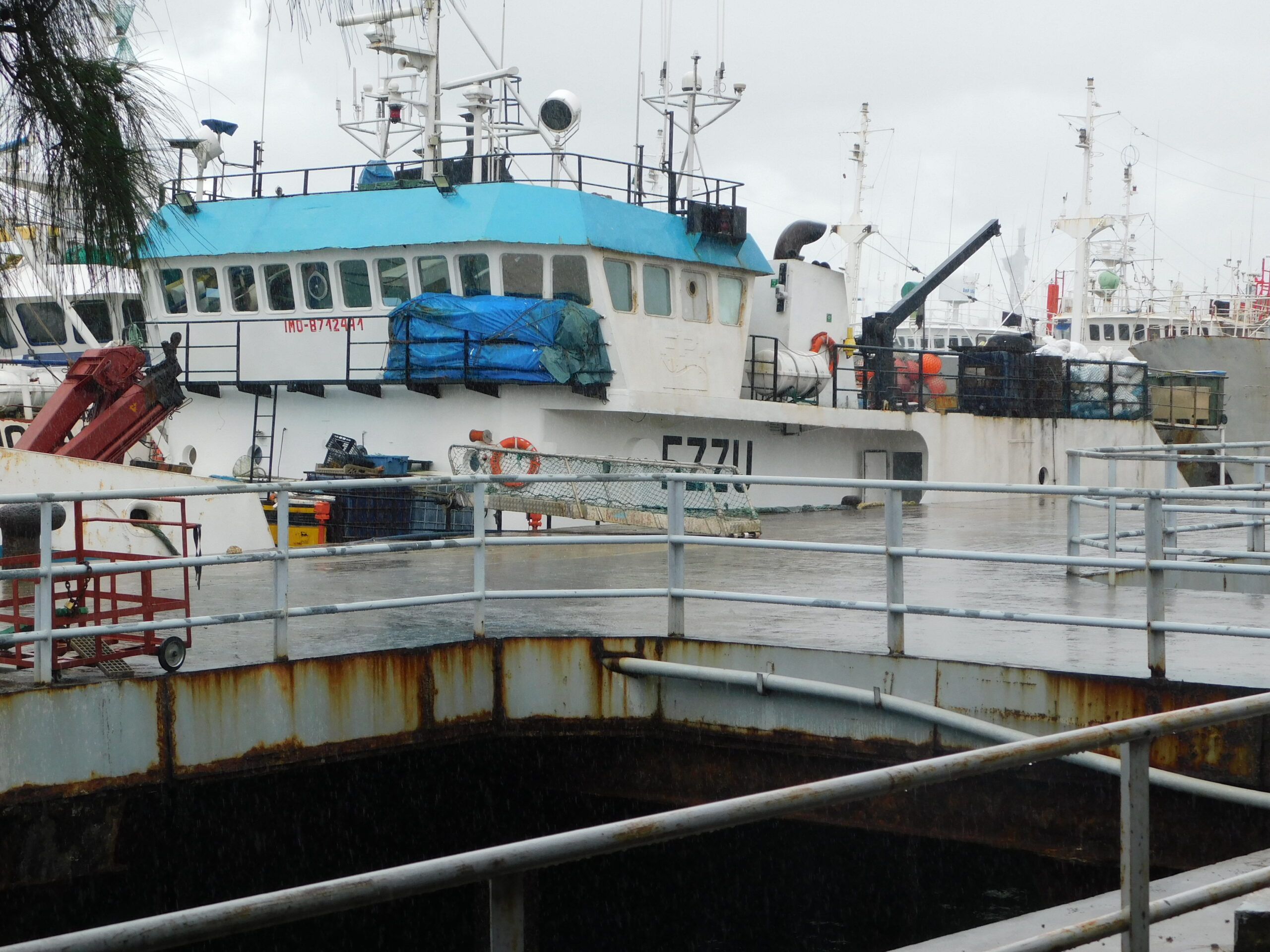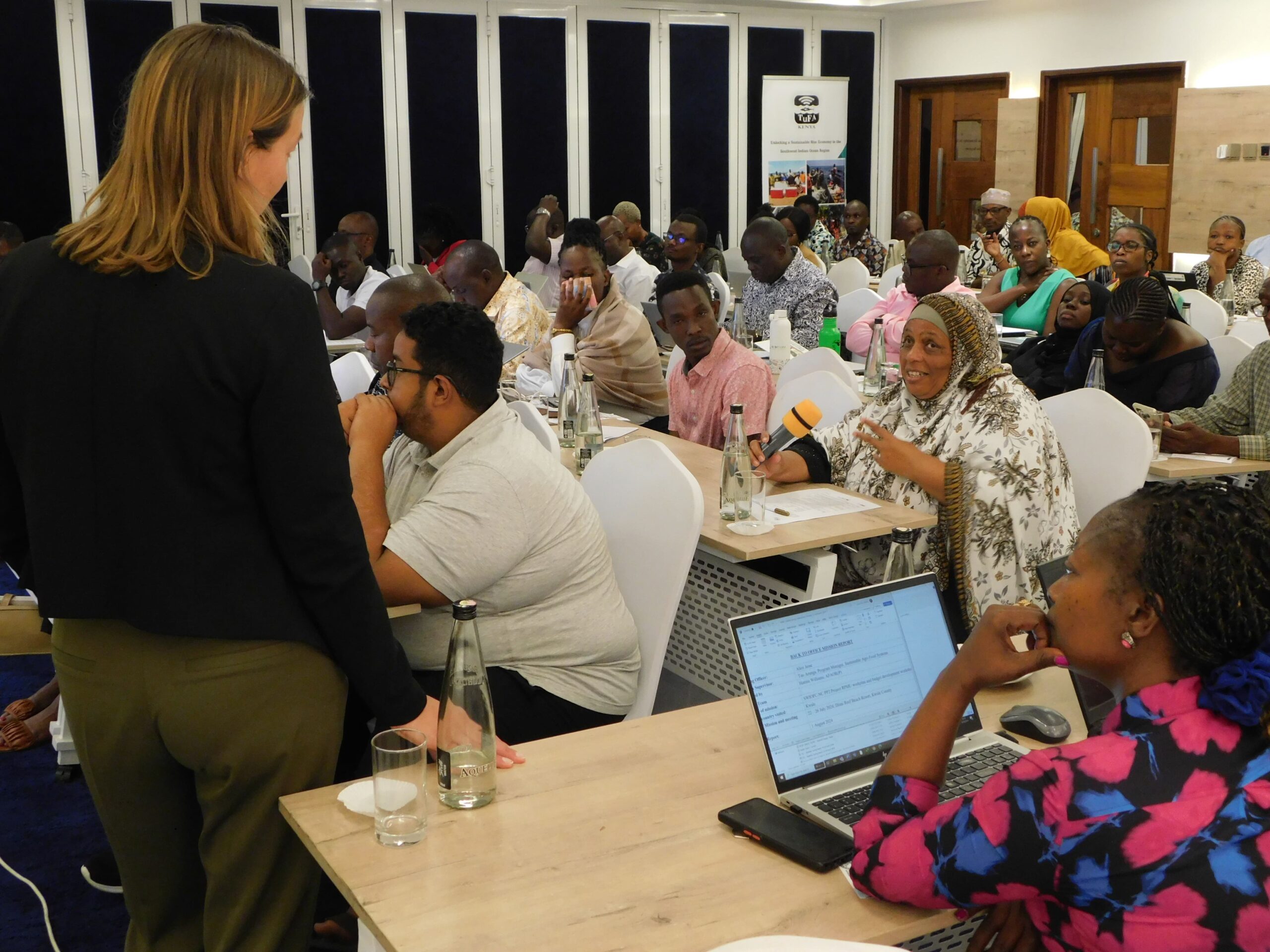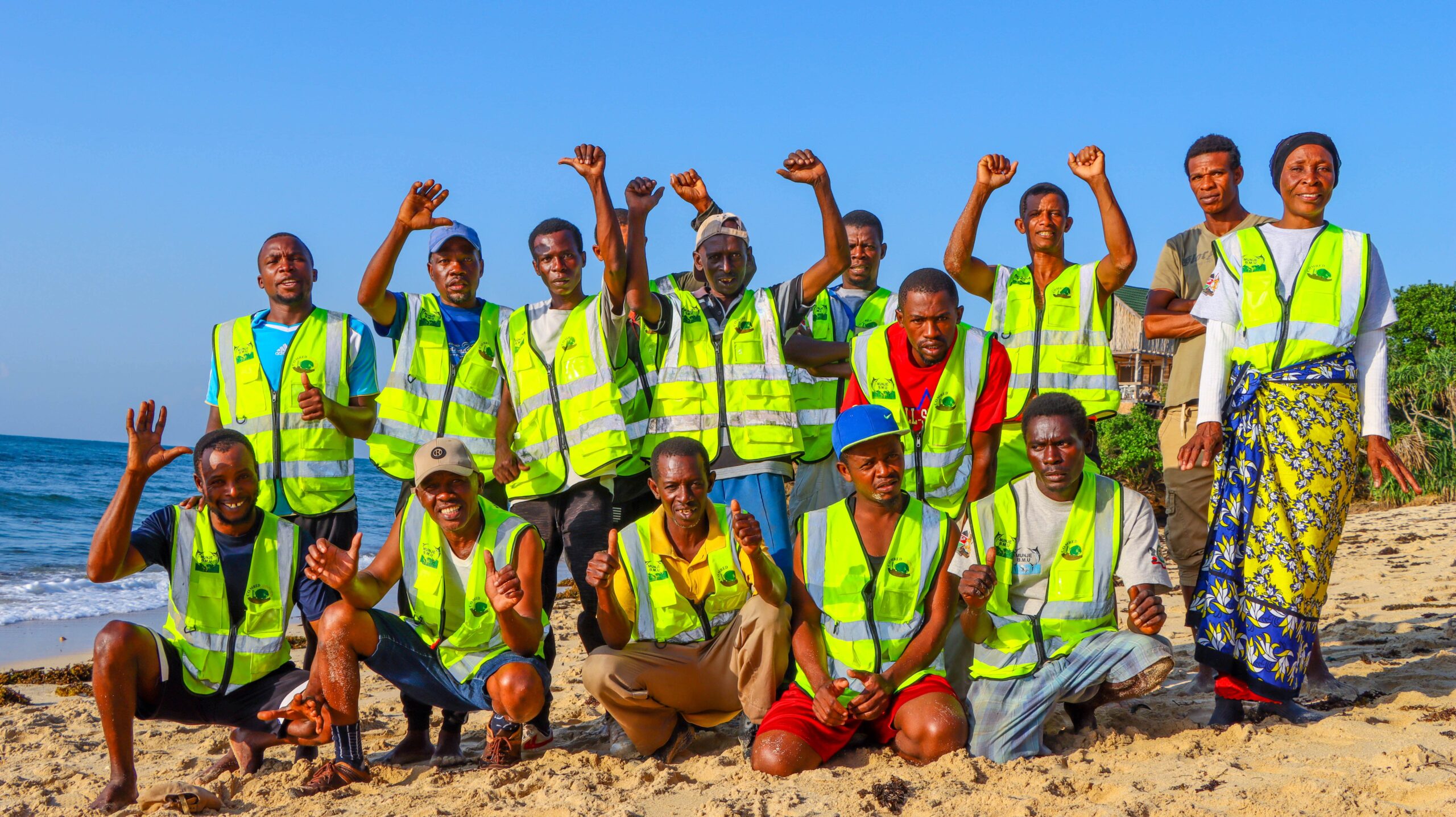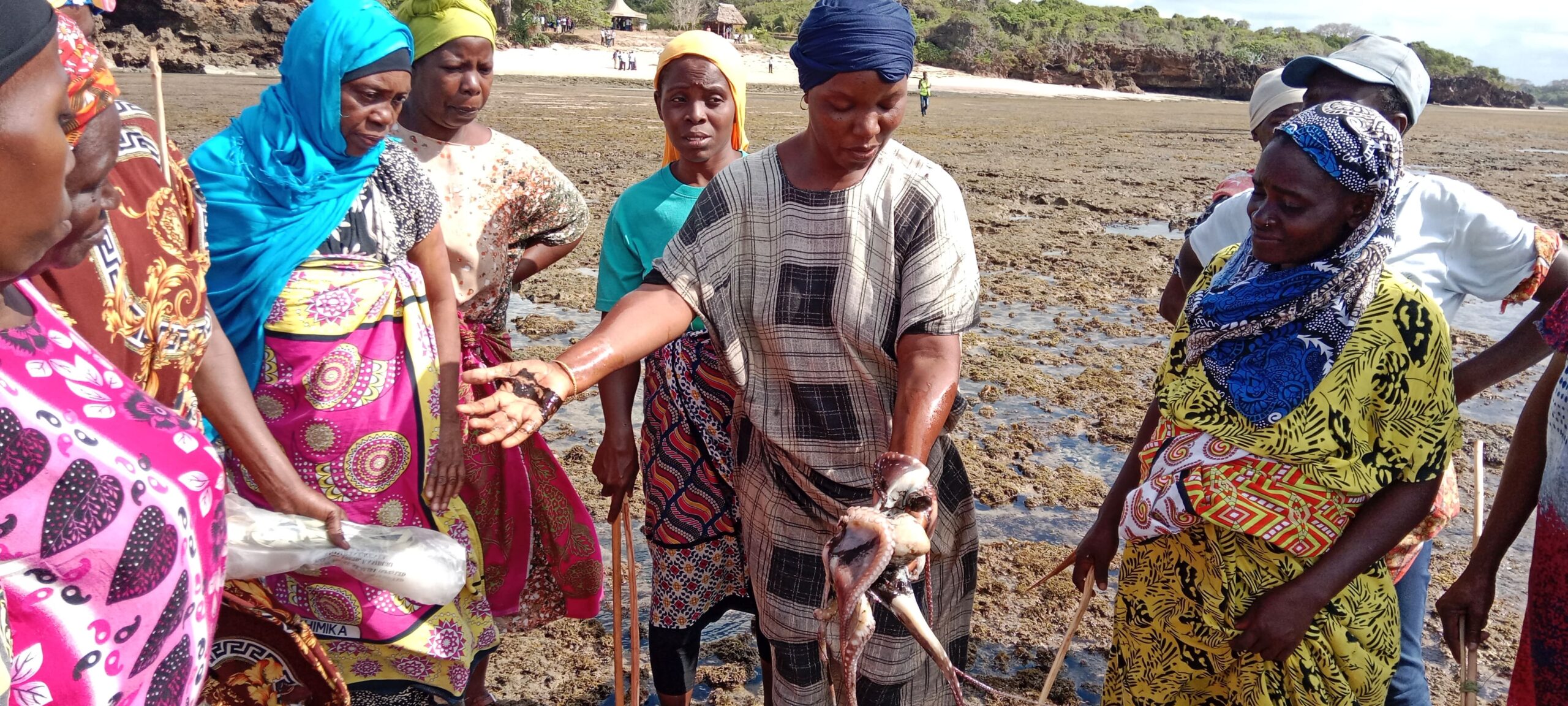Key stakeholders at the workshop. Photo by Allan Kai.
In a bold step towards protecting Kenya’s dwindling marine resources, key stakeholders converged this week at the Whitesands Hotel in Mombasa to discuss the outcomes of a pioneering project aimed at identifying optimal locations for small-scale fisheries closures, known locally as tengefu.
The project was a three-year collaboration between the Wildlife Conservation Society (WCS) and Macquarie University in Australia, blending cutting-edge artificial intelligence with the rich traditional knowledge of Kenya’s coastal communities.
Remy Oddenyo, a marine scientist with the Wildlife Conservation Society (WCS), set the tone. “We’re here to talk about a project that’s been ongoing for three years to assess progress in community led Tengefus in Kenya and options for the future for small-scale fishermen,” he began.
In the project, Oddenyo said there were are a number of activities that took place which includes a series of engagements with community fishers, with governments and NON Governmental organizations.
“At the end of this whole project, we are trying to identify closures, one of the key things that we’ve seen is that it’s very important to include communities in processes, such as in the inception of such work, to be able to get them to understand the benefits of this work.
Oddenyo emphasized the importance of grassroots participation in resource management, highlighting how experiential learning such as visits to successful marine protected areas has helped change perceptions among skeptical fishers.
“We have seen that when local knowledge is integrated with machine learning, the outcomes are much more powerful and complete, but inclusivity is key. Without community buy in from the start, even the best scientific models can fail,” he said.
The workshop marks the culmination of a series of meetings in which WCS Kenya has shared its findings with community representatives and Beach Management Units (BMUs) in Kwale, Mombasa, and Lamu, bringing together a diverse group of government officials, researchers, NGO stakeholders, and community-led organizations co-managing Kenya’s marine resources.
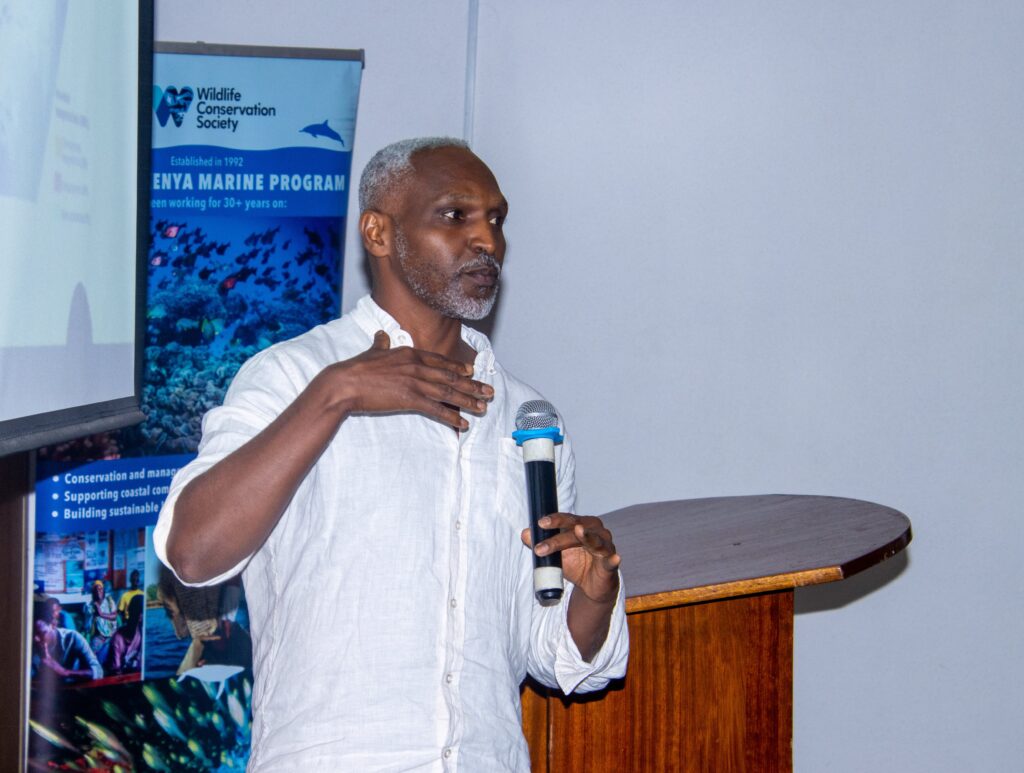
Dr. Maina Mbui, Associate Professor at Macquarie University and leader of the Spatial Decisions Group, explained how the project applied AI to environmental planning. By using data technology to inform environmental and sustainability decisions across a broad range of environments, and marine environments particularly in the tropical ocean.
“And in this context, for Kenya, the policy that we’re trying to support is SDG 14, sustainable management of marine resources, 30 by 30, integrating community conservation within the broader expansion of conservation areas, not just in Kenya, but globally,” he said.
He said they are also integrating data technology with traditional knowledge, local knowledge, to support local communities make informed decisions.
“Data science allows us to optimize decisions, but traditional knowledge remains invaluable,” he noted. “Our work supports two main objectives, sustainable livelihoods for coastal communities and the conservation of biodiversity.”
The workshop heard that Kenya’s coastal ecosystems coral reefs, mangroves, and seagrass beds face an uncertain future under the mounting pressures of climate change, overfishing, and habitat degradation.
But there are also signs of hope.
Dr. Kyle Zawada, a postdoctoral researcher at Macquarie University in Australia, shared findings from habitat modeling efforts that mapped current and predicted future conditions of marine ecosystems along Kenya’s coastline.
“The losses we are seeing are significant,” Zawada admitted. “But there are also pockets of resilience, areas where proactive conservation could make a lasting difference.”
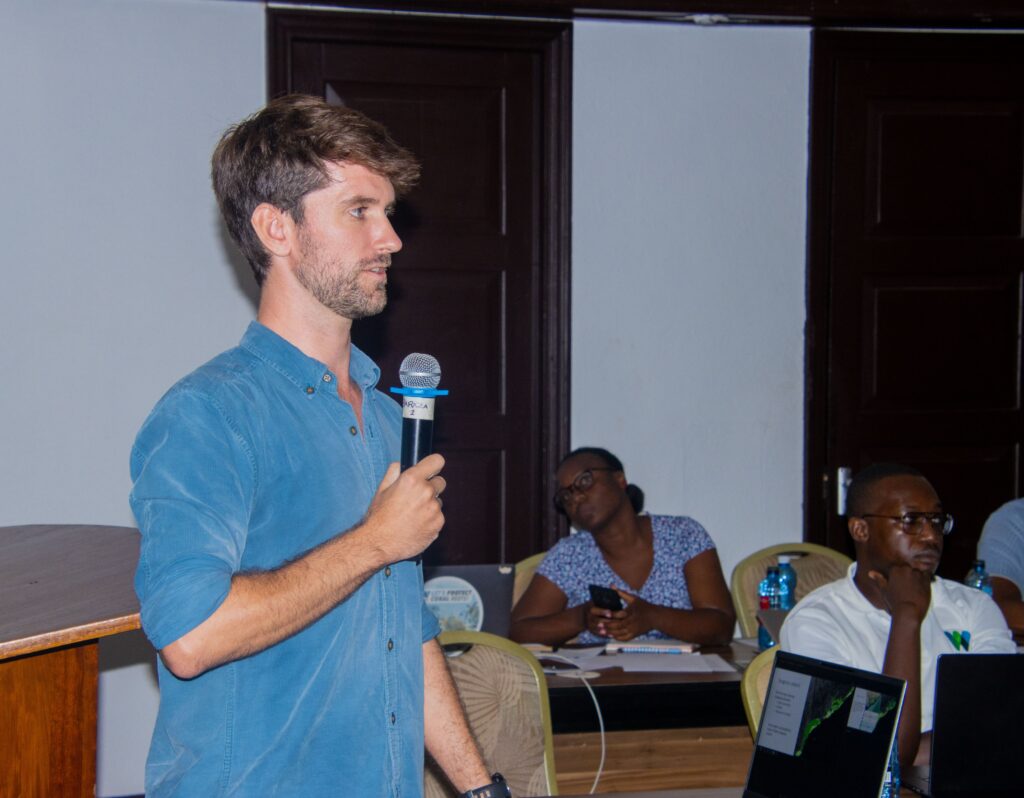
Importantly, Zawada noted that community validation played a crucial role in refining scientific models. Fishermen reviewed habitat maps, corrected inaccuracies, and added critical local insights that satellite imagery could not capture. “This partnership between science and traditional knowledge gives us the best chance to safeguard these vital habitats,” he said.
Adding a policy perspective, Elizabeth Mulwa, Deputy Director of Fisheries at the Kenya Fisheries Service, praised the project’s contribution to national conservation goals. She pointed to Kenya’s legal framework supporting co-management of marine areas and the growing movement to establish local conservation closures within larger management zones.
“Our laws provide for community involvement,” Mulwa stressed. “But meaningful participation requires ongoing sensitization and feedback. Communities must feel that these areas are theirs, not imposed upon them and that they are conserving not for outsiders, but for their own future.”
As the project concludes, attention now shifts to mainstreaming the findings into official marine management policies. New guidelines are being developed to assist communities in establishing effective closures, with emphasis on consultation, equity, and sustainability.
The workshop ended with a shared commitment to turn the lessons of science and tradition into real change along Kenya’s coast.
“There’s still time,” Remy Oddenyo said, his voice hopeful. “If we act together scientists, communities, and government, we can turn the tide.”
